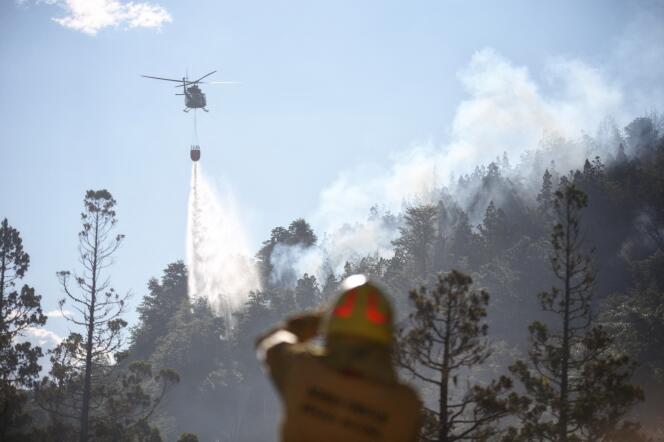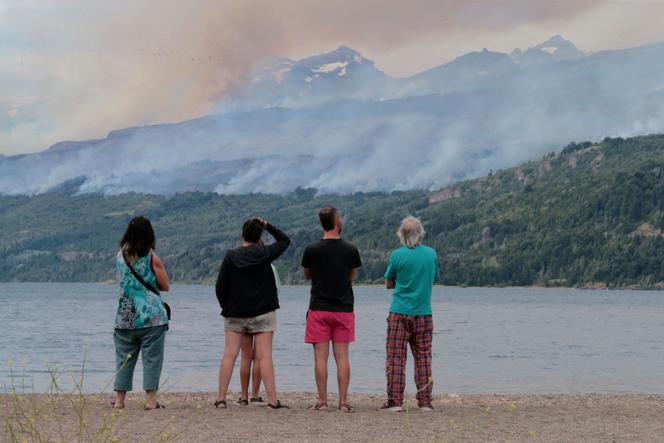


Since January 25, part of Argentina's extensive Los Alerces National Park – named after the endemic Fitzroya tree, aka Patagonian cypress, which can reach 60 meters – has been engulfed in flames. The park is the pride of the southern province of Chubut. In 2017, the 250,000-hectare Andean Patagonian forest, home to the "Grandfather," a 2,620-year-old tree, was added to UNESCO's World Heritage List.
The authorities have said that more than 3,000 hectares have burned in all, half in the national park and the rest in an adjacent area of the province of Chubut. Ten days after its start, the fire remained out of control on Sunday, February 4, involving over 260 firefighters. Prospects remained bleak in the face of rising temperatures and increasing winds.
"It's sad. No person alive today on this planet will be able to see this forest as it was before the fire. Some of the trees will take 80 to 130 to grow back completely," said National Park Manager Danilo Hernandez Otaño. "No alerce trees were burned," he added. The globally threatened Alerce tree is the second-longest living tree species in the world.
A number of factors have made fighting the flames particularly difficult, beginning with high temperatures exceeding 30°C on several occasions. Argentinian Patagonia, usually characterized by mild summers, experienced a historic heat wave at the end of January, with a record 36.4°C reached in the city of Bariloche on January 22. "High temperatures, boosted by climate disruption, aid in the spread of fires," said Hernan Giardini, the coordinator in charge of forest protection at Greenpeace Argentina.

Above all, strong winds blew over Los Alerces National Park, gusting to 75 km/h. "On top of that, the winds have changed direction, blowing from the north, from the west. The fire line is moving and that makes firefighting difficult. It may also have prevented water-bombing aircraft from taking off," reported Guillermo Defossé, Secretary of Science and Technology for the province of Chubut and an engineer specializing in fire ecology.
On January 29, UNESCO announced its anxiety about the fire. The UN agency for education, science and culture stated in a press release that "Successive glaciations have shaped the landscape of the region, creating spectacular features such as moraines, glacial cirques and clear-water lakes. [...] The property is vital for the protection of some of the last portions of continuous Patagonian Forest in an almost pristine state and is the habitat for a number of endemic and threatened species of flora and fauna."
You have 40% of this article left to read. The rest is for subscribers only.
